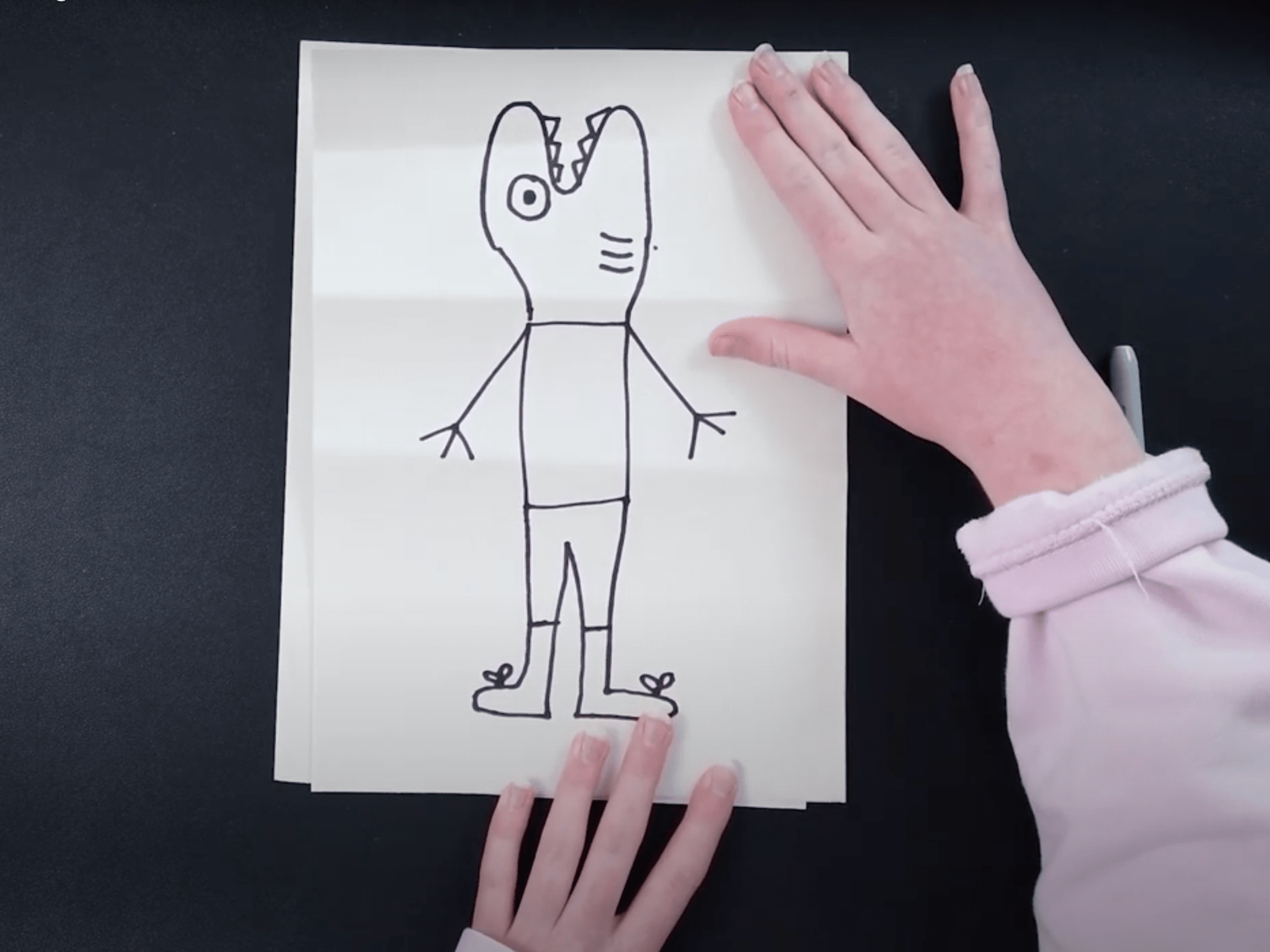A Costume Drawing Duplication: Easy Method with No Tech
Learn a method idea for a costume colour match effect you can perform with items you already own.

Magicians seemed to love last week's lottery prediction method. It ticked many boxes for me personally, and I was excited by the thoughts a few readers sent my way.
Nathan Wilson had an interesting way of performing the routine in a restaurant setting for a handful of friends – his idea was to ask the wait staff to add up the numbers to keep things fair and then leave the ticket with the wait staff as a gift.
I've spent ten years writing magic tricks for TV magicians, and I often forget that most magicians only perform magic for their friends. The wonderful thing about performing magic for friends is that all the best methods are completely free and hard for magic shops to package and sell you. You open yourself to true miracles once you shake that need to buy the latest magic shop trick.
If I were really trying to blow my friends away at a party with this lottery prediction, I would stooge one group member. This person would be the last to write their number. Secretly, they would use their calculator to divide the prediction number by each number freely named by the group of friends. They will name and write the result glimpsed on their calculator when I eventually choose them. When everyone multiplies the numbers up, it will match the lottery ticket.
The above won't make sense to those who have not read the complete method for last week's lottery trick. I have more notes on the non-stooge method that I could write up into a booklet with pictures in ways that the newsletter format doesn't encourage. Let me know if you'd be interested by simply replying to this email.
Anyway! As you liked last week's method, I thought I'd share another simple tech-free method idea for a costume colour match that I find quite charming.
The Trick
When I was young, we used to play this game where you'd fold up a sheet of paper, then pass it around the room, and each of you would draw a different section of a stick figure body.
The game is sometimes called heads, bodies, and legs.
Of course, when the paper is unfolded, you find that you've collectively drawn a body with an alien head, a muscleman torso, a pencil skirt and a pair of clown shoes. It was a game I found quite amusing as a child.
So, for this routine, you hand out two folded pieces of paper and two sets of colouring pens to the audience. You ask two different rows to complete the game, making sure to draw and colour each chunk of the pencil body outline however they wish. Encourage them to get creative – add wings, a cape, etc.
You take both back from the audience and return to the stage with your prediction envelope and a single spectator picked from the crowd. This spectator makes the final decision and chooses which of the two slips from the audience we will be using for the trick. The second slip gets crumpled up and discarded.
The spectator unfolds the piece of paper, and we find that the audience has drawn a body with pink socks, a blue ballet tutu, a leopard print shirt and a cowboy hat.
The spectator then opens your prediction envelope, and to everyone's amazement, you have drawn an almost identical match.
Finally, you strip down and reveal you are wearing the exact same outfit below your top layers. It's a miracle.
The Method
I'll be honest: the stripping down at the end of this trick is too close to Justin Willman's version of Color Match. For this reason, I would suggest coming up with an alternative. But the method is brilliant and has lots of applications. I'm not actually sure if Willman was the first to strip off for a colour match.
You could just as equally have a stuffed animal prediction – something with the legs of a lizard, wearing a skirt, clown shoes, etc.
You could perform a costume change, use a manakin, or have your double-act partner wear the costume behind a circular curtain for the entire routine.
Anyway, here's the method:
